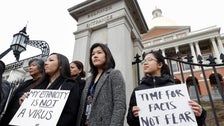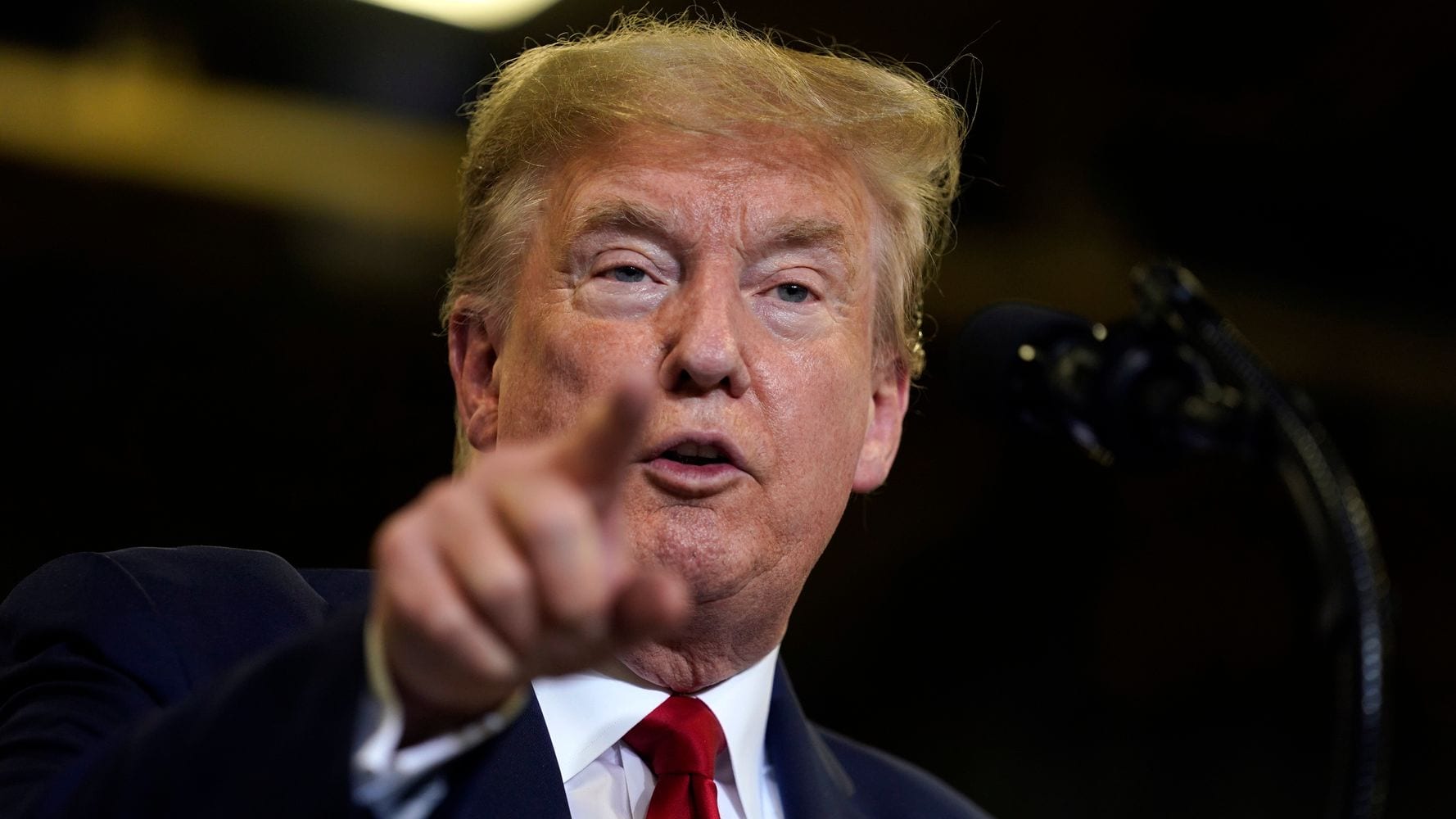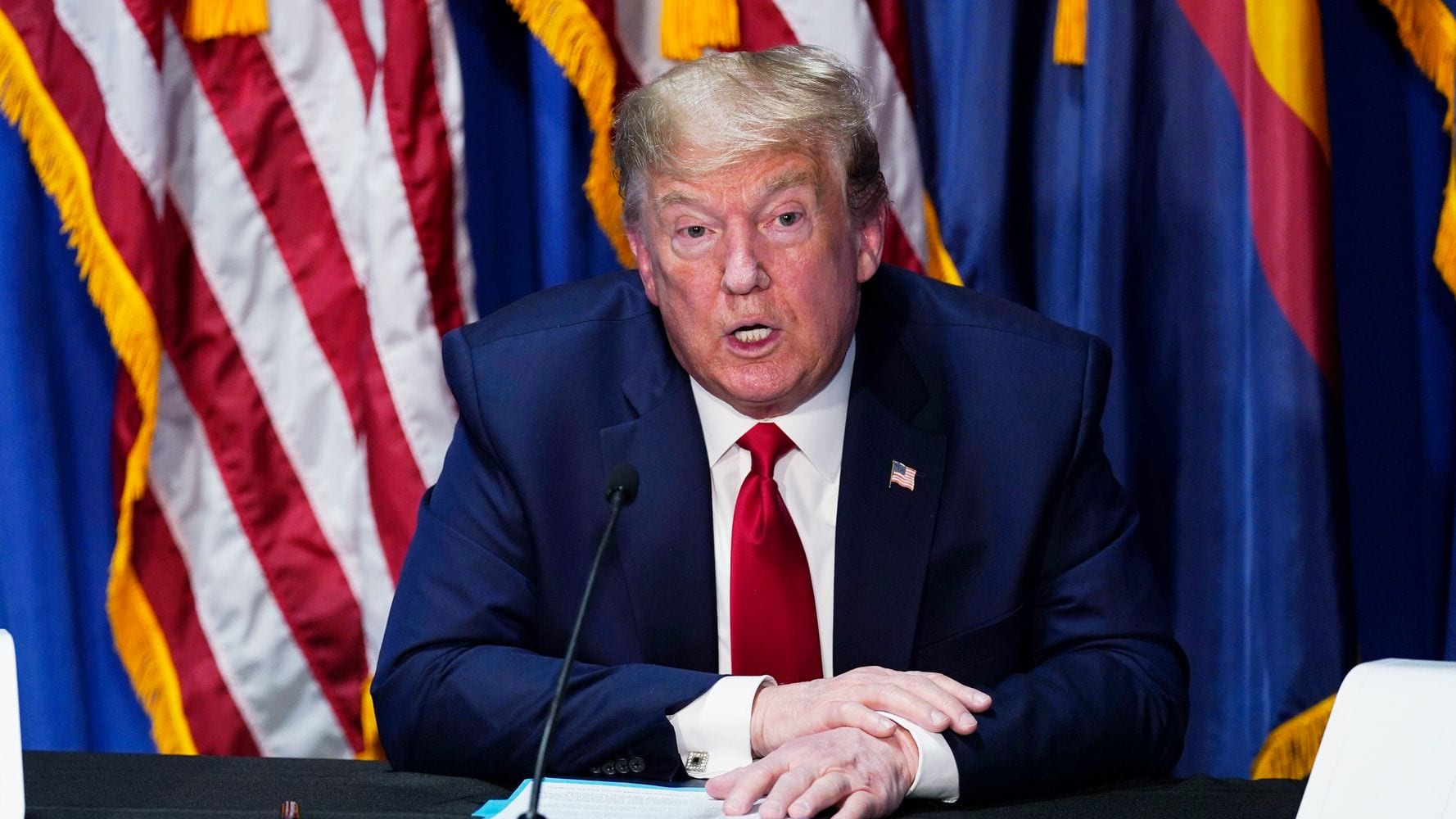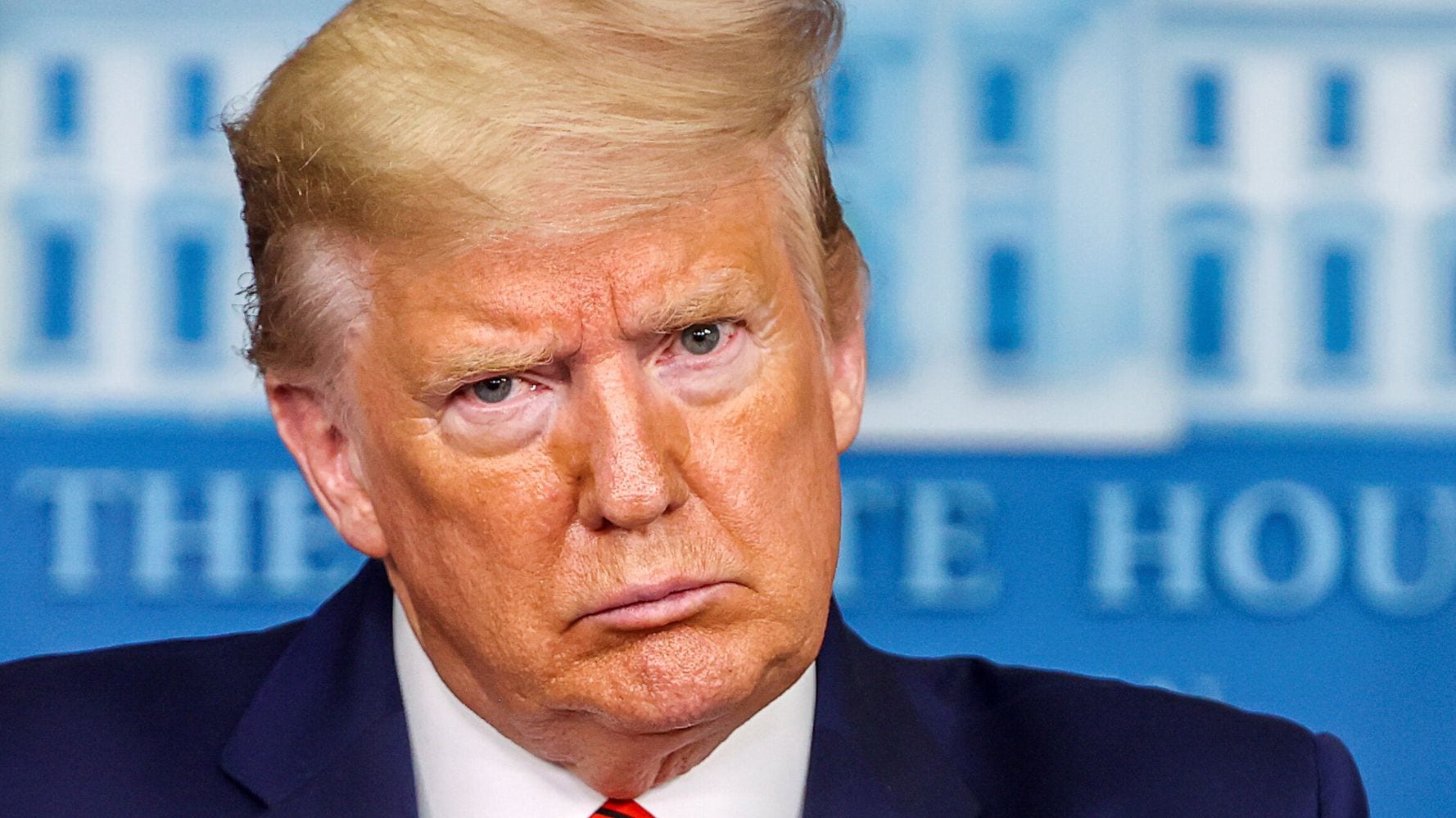[ad_1]

A group of Asian American organizations documenting the surge of racist incidents related to the COVID-19 pandemic received nearly 1,500 reports of anti-Asian harassment and discrimination over the last month, they said in a new report released Friday.
In mid-March, the Asian Pacific Policy and Planning Council (A3PCON), Chinese for Affirmative Action (CAA) and the Asian American Studies Department at San Francisco State University launched STOP AAPI HATE, creating a form for Asian Americans and Pacific Islanders to report incidents of racism related to the coronavirus.
In the first four weeks, they collected 1,497 incidents, including being called racial slurs, being refused service, being spat on, and being physically assaulted — a reflection of “the pain, humiliation, trepidation and fear in the voices of AAPIs today,” A3PCON executive director Manjusha Kulkarni said in a statement.
The reported incidents were from across the country — 45 states and Washington, D.C. — with 58% taking place in California and New York, which both have large Asian American populations.
About 70% of the cases involved verbal harassment, 24% involved shunning, and 8.5% involved physical assault, and several involved multiple types of attacks.
“I was getting in my car after shopping wearing a mask and gloves. A truck drove by and threw a [fast food franchise] drink on my back and yelled “hey chink, you’re f―king nasty,’” one incident report reads.
Another respondent said that at a post office, a “middle aged Caucasian woman [was] mumbling ‘f―king Chinese’ around my wife (Chinese) and threw a bag at her.” The assailant “also walked up to [the] window to give all Asian employees the middle finger. My wife was distraught and left.”
Nearly 10% of the incidents involved a potential civil rights violation, like workplace discrimination or being refused service at a business or on public transportation or ride-sharing services.
Based on the incident reports, AAPI women were more than twice as likely to be harassed than men.
Among the most concerning trends is the high proportion of cases that involve more vulnerable populations, such as children, older people and people who speak limited English, said Dr. Russell Jeung, chair of the Asian American Studies Department at San Francisco State University.
For example, one incident report involves a person witnessing a racist incident during jury selection in March, involving “an older Taiwanese man” and an “elderly Caucasian judge.”
“The judge asked the man what his son did. The man replied in ‘broken’ English that his son had recently returned from teaching English in China,” the report reads. “The judge joked, ‘Well, I hope he didn’t bring anything back.’ The room chuckled and I chuckled half-heartedly, even though I didn’t think it was funny.”
People over the age of 60 were involved in 8% of the reported incidents. Some reports indicated that the respondents were filling out the form on behalf of their older family members.
“My elderly parents were walking with my two-year-old and some 20-30-year-olds drove by and screamed “F―k China!!” at the stop light,” one report reads. “They felt very unsafe, especially with a child.”
“This is a report for my elderly parents,” another report begins. “They were shunned for wearing masks by an elderly Caucasian man. They were told, ‘Go back to China’ after telling him … that wearing masks was encouraged by the government.”
Jeung also pointed to “the impact of China-bashing by politicians” as an alarming trend. As the coronavirus pandemic began to worsen in March, President Donald Trump and his allies repeatedly referred to the disease with racist rhetoric, calling it the “Chinese virus” and the “Wuhan virus.” Over the last month, they have blamed China in an attempt to deflect attention from the Trump administration’s inadequate response to the pandemic.
The groups stressed that the data they’ve amassed is just “a snapshot of what AAPIs are experiencing on a daily basis,” Cynthia Choi, the co-executive director of CAA, said in a statement, adding that “we can expect the situation to worsen as the anti-China, anti-Chinese rhetoric becomes normalized.”
There have been mounting reports of racist attacks against people of Asian descent since late January, when the coronavirus outbreak swelled in China and began to spread globally. Growing fears over the disease exacerbated stigma and bigotry against Asian Americans, who have long faced racist stereotypes involving disease, including being described as “the yellow peril” in the 1800s.
The national data reflects similar trends from local and regional leaders. Earlier this week, officials for New York City’s Commission on Human Rights said they’ve seen skyrocketing levels of anti-Asian harassment and discrimination: 105 reported incidents since February, compared to just five during the same period last year.
In recent weeks, federal law enforcement officials have warned there could be a potential surge in hate crimes and extremism against Asian Americans because of COVID-19. However, the Department of Justice and Centers for Disease Control and Prevention have not developed specific plans to address the racist attacks, despite having such plans during the SARS outbreak in 2003 and after 9/11, the Center for Public Integrity reported last week.
A HuffPost Guide To Coronavirus
Calling all HuffPost superfans!
Sign up for membership to become a founding member and help shape HuffPost’s next chapter

















